Lone Star, Texas, Morris County. (original) (raw)
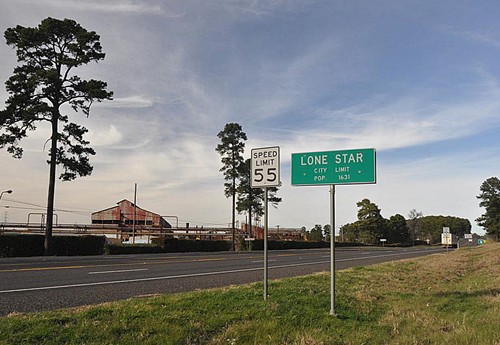
History on a Pinhead
Although the area had received settlers decades before, a proper community didn't form until the 1930s. That was when Lone Star Steel (from Dallas) opened a steel mill and modestly named the town after the business.
WWII gave Lone Star a shot in the arm with a huge expansion for the war effort. Employees were said to number 6,000 workers. More than a few workers decided to stay after the war ended. The town was incorporated in the1950s with a population of just over 1,100.
The 1980 census showed Lone Star breaking the 2,000 person barrier (barely). The steel plant remained active, but in the 1980s, due to foreign competition, demand caused the plant to lay off half of its 3,800 employees.
Like most "company" towns, the town's population suffered accordingly, falling to 1,615 by 1990 and remained about that figure (1,581) for the 2010 census.
From Texas' Lone Stars by Bob Bowman
"The best known Lone Star stood in Morris County and was the home of Lone Star Steel on U.S. Highway 259 north of Daingerfield. The town had a population of 2,006 and 86 businesses in 1980, but it had fallen to 1,615 in 1990."
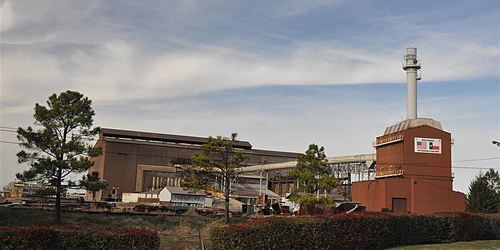
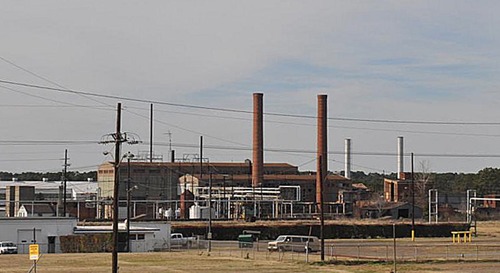
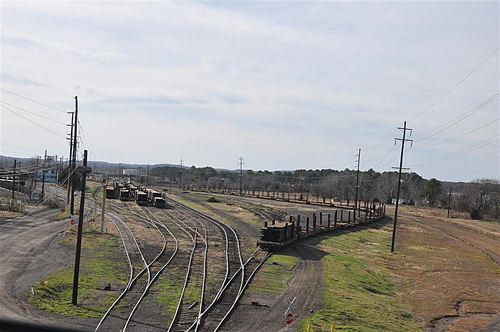
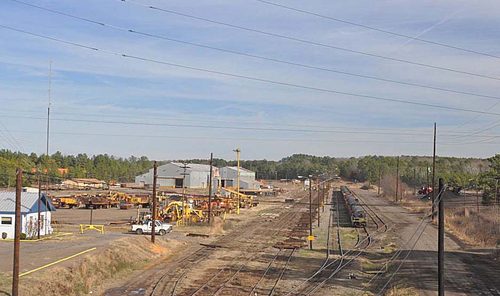
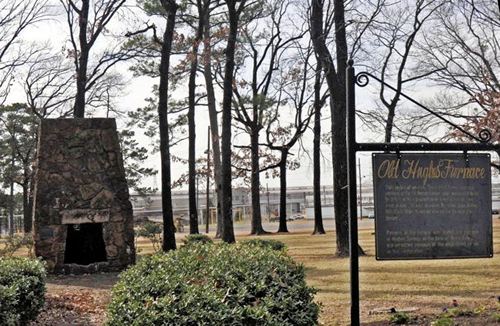
Lone Star Steel Old Hughes Furnace Replica
Photo courtesy Gerald Massey, 2010

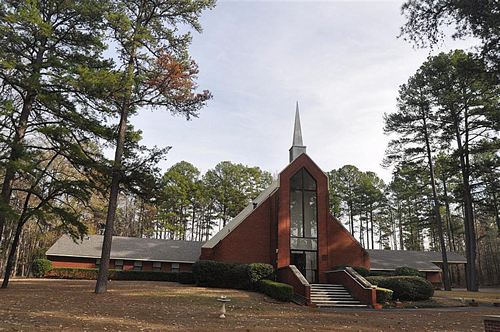
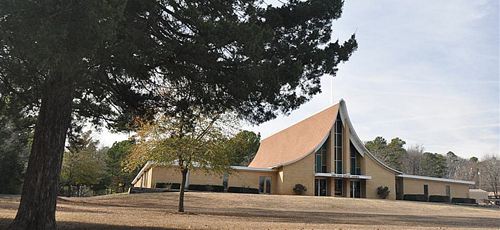

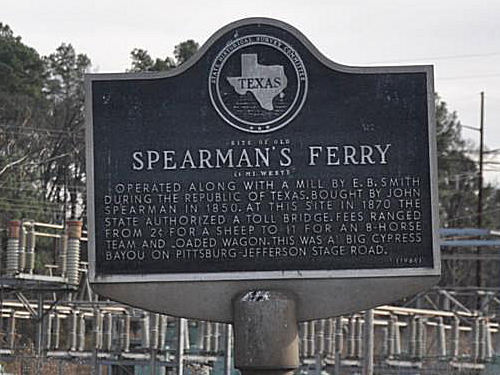
Site of Old Spearman's Ferry Historical Marker
on US 259 about 1 mile S of Lone Star
Photo courtesy Gerald Massey, 2010
Site of Old Spearman's Ferry
Operated along with a mill by E. B. Smith during the Republic of Texas. Bought by John Spearman in 1850. At this site in 1870 the state authorized a toll bridge. Fees ranged from 2 cents for a sheep to $1 for an 8-horse team and loaded wagon. This was at Big Cypress Bayou on Pittsburg-Jefferson Stage Road.
1966